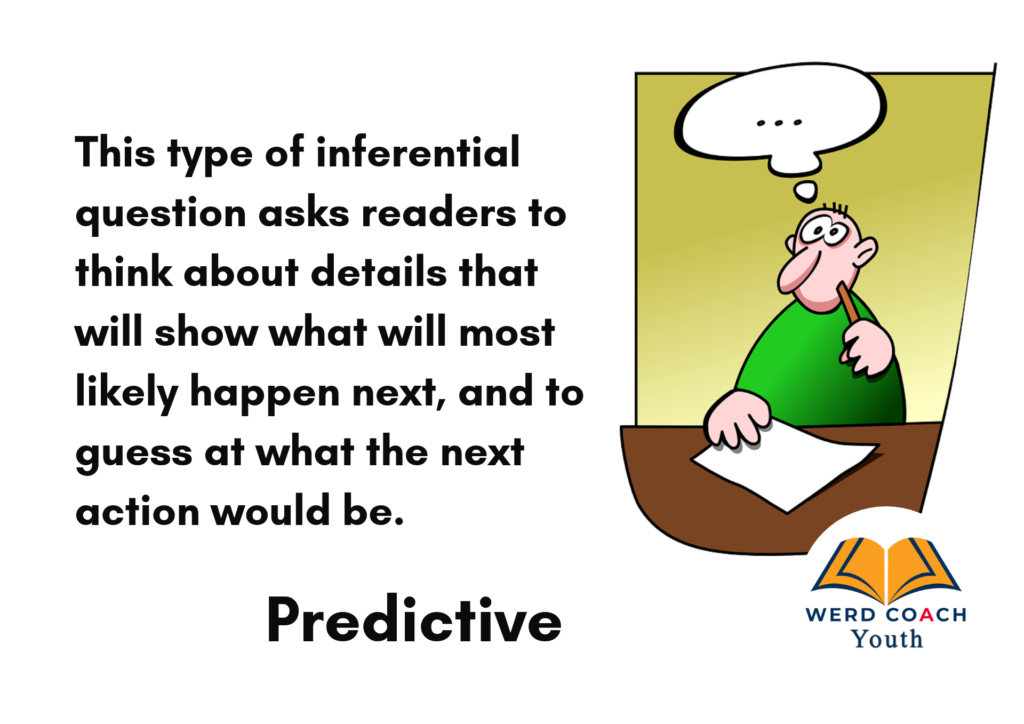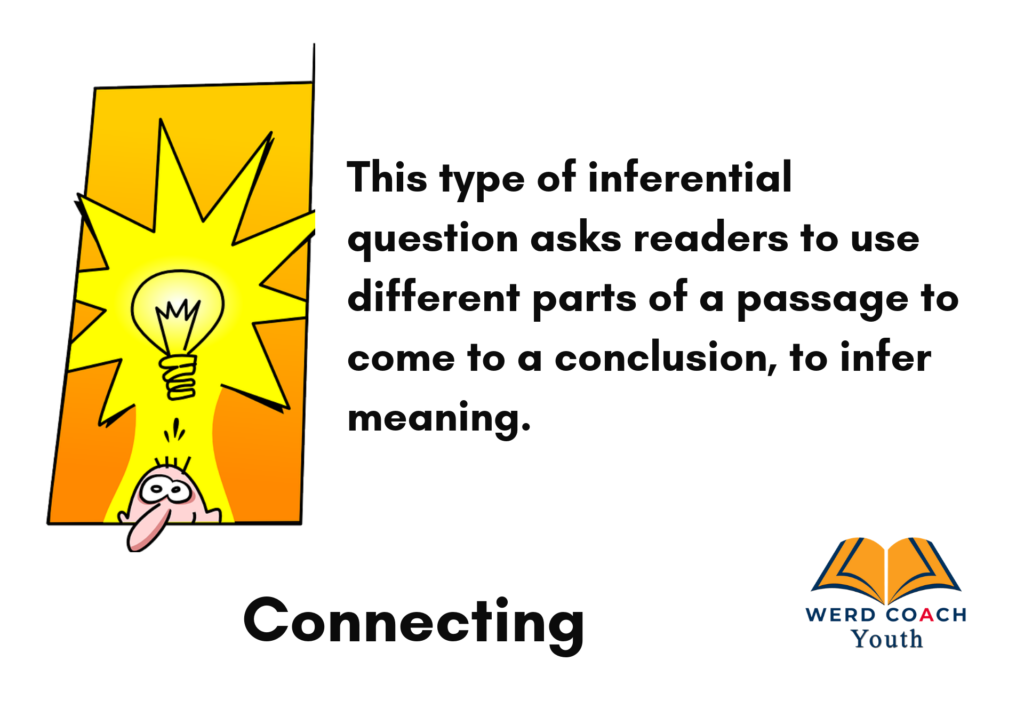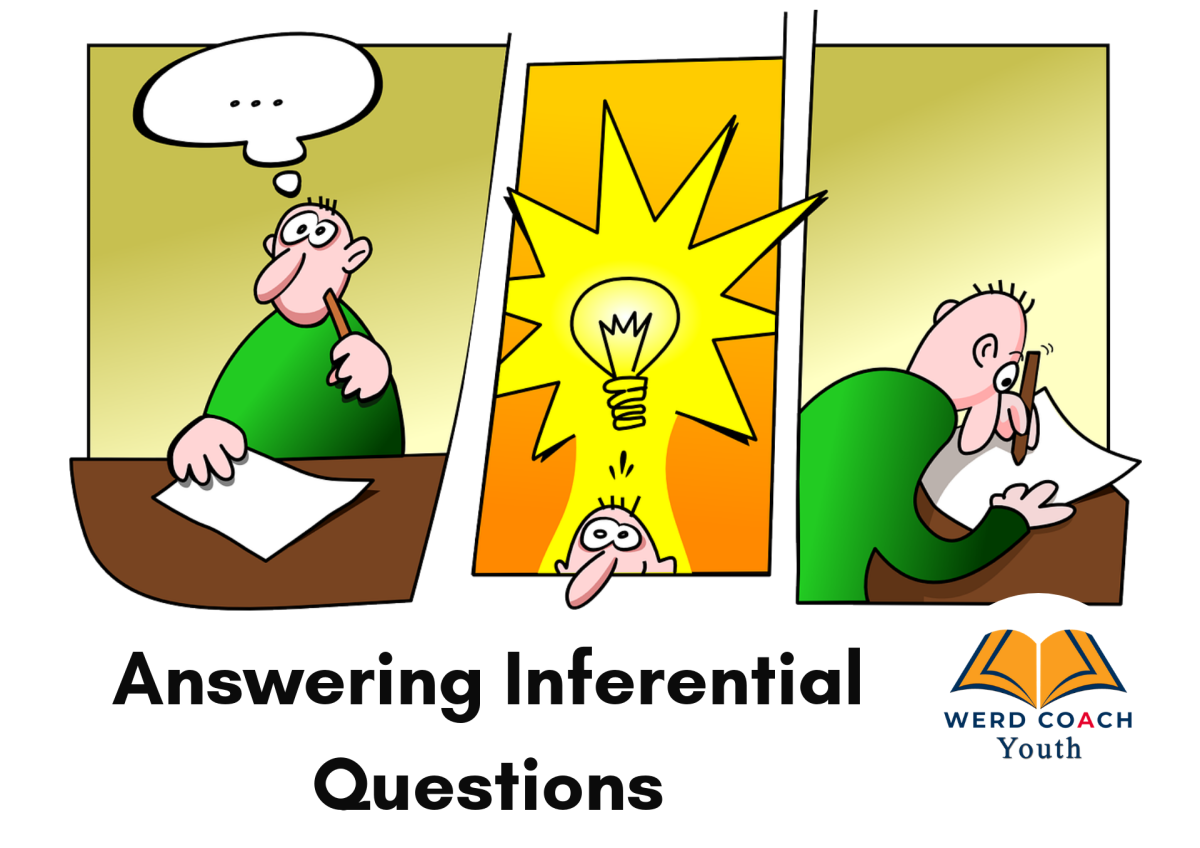Good afternoon everyone, while I was reviewing the information on Literal and Implied meaning, I came across some additional details that might help some of you with imparting the knowledge to your children or students.
In a previous post, I discussed implied meaning. In this one, the focus is on inferential questions. Some people may think that the two are completely different, and may become confused with how they are used interchangeably with reading comprehension. So, let me state it clearly:
Authors imply meaning. This means the author is giving information to suggest something without stating it outright.
Readers infer meaning. This means that the reader is looking at the words and expressions used in order to come to conclusions that are not stated outright.
So, these two terms are two sides of the same coin. The person presenting the information implies ideas, and the person receiving the information infers ideas.
There are generally four types of inferential questions which will be explained further in this post. Below are some examples:

Example Text
The scientist knew that if she left the plants in the outside tank, they would most likely freeze. She made her way out of the building.
Question
What will the scientist likely do next?
Answer
The scientist will most likely take the plants from the tank outside and put them in the building.

Example Text
Jeff looked in all directions and trembled as he made his way through the empty building. He grabbed the doorknob and walked cautiously into the room.
Question
How do you think Jeff was feeling? OR How does the reader know Jess was afraid?
Answer
Jeff was afraid because he was trembling, looked in all directions, and cautiously entered the room.
OR
Readers know Jeff was afraid because the text says he was trembling, he looked in all directions, and he cautiously entered the room.

Example Text
Monarch butterflies are picky eaters that only eat milkweed. Because of that, many perish after their annual migration. Each year, thousands of Monarch butterflies travel to warmer areas to breed. When they return home months later, there is less food to eat due to habitat loss and the destruction of milkweed by humans.
Question
Why are there fewer monarchs today?
Answer
Monarch butterflies only eat one kind of food, and when that food is gone, there is nothing for them to eat. Their food is being destroyed and there is less for them to eat, so there are few butterflies to reproduce.

Example Text
Kena liked watching the team practice. She also knew if she stayed in the locker room, she would see Hattie. Kena tried her best to stay out of Hattie’s way because Hattie asked a lot of embarrassing questions and could be mean sometimes. Kena decided to leave.
Question
Why did Kena most likely want to leave?
Answer
Kena most likely wanted to avoid seeing Hattie because she didn’t like being around Hattie.
The information in this post was taken from one of the free resources offered at teacherspayteachers.com

